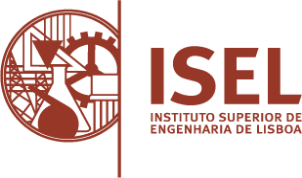Intended learning outcomes
In this UC is intended to motivate students to electronics. Students are familiarized with elementary electronics (discrete components, assembly of linear and non-linear elementary systems) and with instrumentation and measurement techniques. The physical concepts are introduced progressively and always based on experimental realization. In the laboratory component students are strongly supported in the sense of encouraging creativity.
Didactic exercises are performed to familiarize students with laboratory equipment as well as laboratory practices.
The student at the end of this curricular unit should be able to:
- Know how to interpret the main characteristics of measurement equipment, multimeters, sources, function generators and analog oscilloscope.
- Know how to calibrate the electrical and electronic equipment with which you kept in touch during this semester.
- Know how to distinguish and understand the components used.
- Describe the physical and electrical behavior of discrete linear and nonlinear components (resistors, capacitors, inductors, transformers, diodes, thermistors, LDR).
- Know how to search for datasheets and how to interpret them.
- Use of electrical measurement equipment in the testing and analysis of simple electronic circuits
- Be autonomous when you need to use the electronics laboratory to carry out future work.

